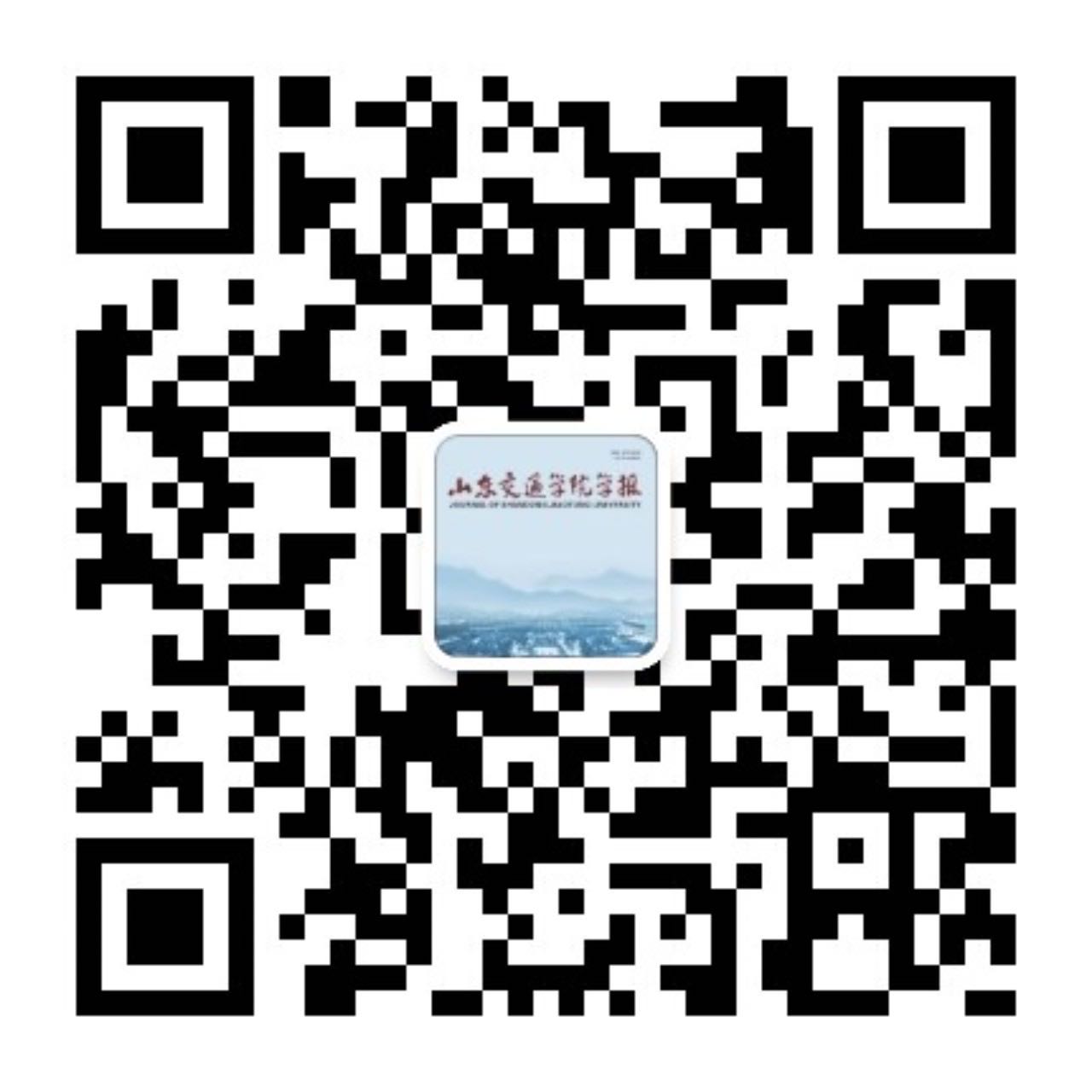TWSBR轨迹跟踪控制器设计与实现
李爱娟,孙超*,王特,刘刚,高博逊
山东交通学院汽车工程学院,山东 济南 250357
摘要:为解决两轮自平衡机器人(two-wheeled self-balancing robot, TWSBR)在实际运行中稳定性差、轨迹跟踪误差大、控制策略复杂等问题,对TWSBR进行动力学和运动学分析并建立数学模型,基于线性二次型调节器(linear quadratic regulator, LQR)设计前向控制系统,基于滑模变结构控制(sliding mode variable structure controller, SMVSC)设计转向控制系统,对LQR前向控制系统和SMVSC转向控制系统进行仿真试验。仿真试验表明:TWSBR实际转向角在试验开始后1.2 s达到期望转向角,实际车身倾角在试验开始后2 s达到期望车身倾角,实际车速在试验开始后3 s达到期望车速。设计跟踪轨迹生成器,构建TWSBR轨迹跟踪控制系统,搭建TWSBR试验平台,进行TWSBR轨迹跟踪试验。试验结果表明:TWSBR车身倾角误差、车身倾角速度误差、转向角误差、转向角速度误差在试验开始后1 s稳定在0附近,位移误差、车速误差在试验开始后2 s稳定在0附近,TWSBR各状态变量稳定后波动范围较小,考虑到传感器采集误差、电机驱动精度等因素,表明TWSBR轨迹跟踪效果较好,可实现位移跟踪、车速跟踪、车身倾角跟踪和转向角跟踪。
关键词:TWSBR;LQR前向控制系统;SMVSC转向控制系统;轨迹跟踪;试验平台
Design and implementation of TWSBR trajectory tracking controller
LI Aijuan, SUN Chao*, WANG Te, LIU Gang, GAO Boxun
School of Automotive Engineering, Shandong Jiaotong University, Jinan 250357, China
Abstract: To address issues such as poor stability, large trajectory tracking errors, and complex control strategies in the actual operation of two-wheeled self-balancing robot(TWSBR), the dynamics and kinematics of TWSBR are analyzed and a mathematical model is established. A forward control system is designed based onthe linear quadratic regulator(LQR), and a steering control system is designed based on the sliding mode variable structure controller(SMVSC). Simulation experiments are conducted on the LQR forward control system and SMVSC steering control system. Simulation results show that the actual steering angle of TWSBR reaches the desired steering angle after 1.2 s, the actual body tilt angle reaches the desired body tilt angle after 2 s, and the actual speed reaches the desired speed after 3 s. A trajectory tracking generator is designed, and a TWSBR trajectory tracking control system is constructed, and a TWSBR experimental platform is built. TWSBR trajectory tracking experiment is conducted. The experimental results show that the errors of TWSBR body tilt angle, body tilt angular velocity, steering angle, and steering angular velocity stabilize near 0 after 1 s, while the displacement error and speed error stabilize near 0 after 2 s. The fluctuation range of each state variable of TWSBR is small after stabilization. Considering factors such as sensor acquisition errors and motor drive precision, the results indicate that the TWSBR demonstrates good trajectory tracking performance, and achieves displacement tracking, speed tracking, body tilt angle tracking, and steering angle tracking.
Keywords: TWSBR; LQR forward control system; SMVSC steering control system; trajectory tracking; experimental platform



